I’m working on a new kind of learning: taking ONE SONG and breaking it down, teaching it to people the way I actually SEE it: architectural blocks of harmony and shapes of melody.
It’s an experiment I thought would take a couple weeks – but now it’s been 2 months, meeting every week with a Beta team of harpists in my virtual harp lab.
To be honest – I LOVE creating this class – and I don’t want to stop! AND I’m excited about applying this way of teaching to new songs.
I love the weekly sessions, I love incorporating students’ suggestions in each subsequent class. I love watching students discover new ways to play a complete piece at ever-expanding levels, a process to keep expanding it as they play it, and ways to break it down to use in different ways: to tell a story, to create a meditation, practice the Bossa Nova rhythm.
The students guide me into how I can let them into my mind. Their questions, feedback, comments, requests help me see what I need to give them so they can see how my composer’s mind sees the music: a combination of architecture, shapes, lines, gestures, emotion, meaning without words – the building blocks of revealing our human experience.
Together we’re building a map into my mind.
Together we’re spelunking into the caves where music exists for me, which is completely separate from the idea of ‘notes on a page.’
That doesn’t mean there’s nothing written down. There is! It’s a series of variations on this form.
Look at the section in the pink/red box: that’s the fundamental piece. In fact the first four boxes contain all the essential ‘music’ of the piece.
All the other sections – except the purple one – are simply variations of what’s in that basic block. And once you can play that simple 6-section block, you’re playing the piece. From there you expand and embellish as you’re ready.
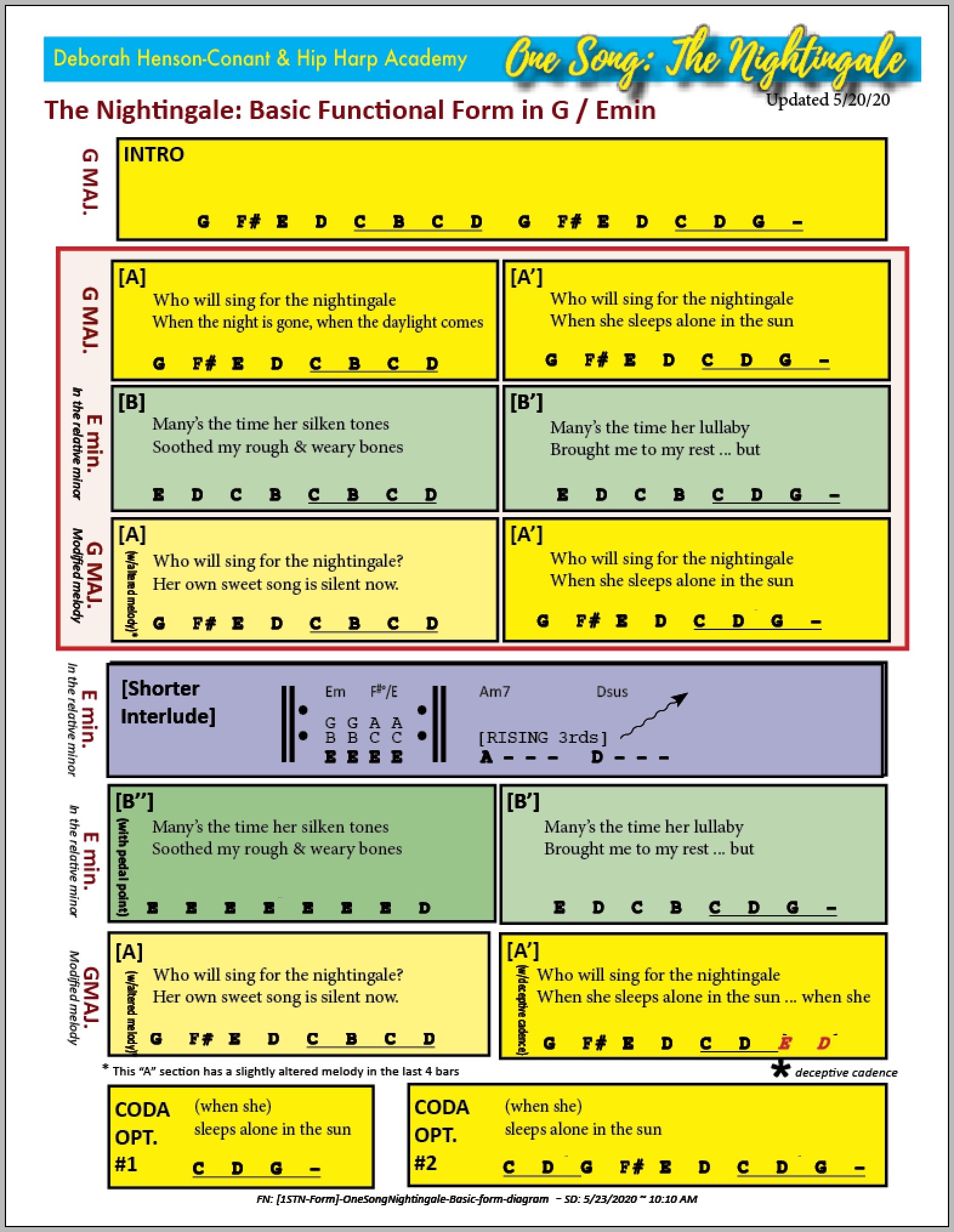
If you’re thinking, “Hey, I want to join that class!” you can. Click the button below to learn more. I’ll be delighted to have you join – and if you join while we’re still ‘in Beta’, I’d love to have you on the team!
“… a conversation with the man behind the curtain”
The difference between this kind of music writing and ‘normal music manuscript’ is that normal music manuscript is meant to be read, but this is a chart for how to learn a piece and make it your own.
It shows you how the music is structured, how it WORKS. It’s more like a cheat-sheet, a blue-print, a conversation with the man behind the curtain.
Normally, written music gives you the details of how to play the piece correctly. Your job is to develop the skills to do that, if you don’t already have them.
This way is about learning ‘what the piece IS’ so you can apply the skills you already have to playing it NOW, exactly as you are.
It’s about seeing what’s FUNDAMENTAL – versus what’s embellishment, alteration, expansion, additions, substitutions. When you can SEE the fundamental piece – it’s fundamentally simple.It’s all the specifics – the things you think you have to do a specific way – that make it hard.
In other words only when you try to play it exactly the way someone else plays it – even if that someone is the composer – that it gets hard.
So the class starts by showing the fundamental and then showing how it can expand from there – and how beautiful, powerful and complete it is even without any expansion. Then, over time, once you’re grounded in the fundamental piece – it unfolds and expands – sometimes quickly, sometimes over years. But you don’t have to ‘wait until you’re good enough’ to start playing it.
You’re good enough now.
There are currently about 100 harpists on the “Beta Team” for this project. Some are members of my Academy. Others signed up only for this class. Some come to the live sessions, some only watch the replays. Every one of them has a voice in the project.
Eventually, all the training will be distilled down to a 2-3 hour class – but right now, we’re meeting weekly, and each week I incorporate their suggestions and then teach it again.
I thought this developmental process would be boring for the students, but that’s not what they say – and each new session brings greater ‘Ahas’.
“This music is insanely beautiful and playing it with you with all your passion is otherworldly.” (Lori P)
“Breaking the piece down was great. Learning it without the sheet music makes it so much easier.” (Dimitra F)
“Thank you for showing us we can do so much more than we think we can.” (Linda O)
“The break-down is so helpful to really deconstruct the piece — which it gives it so many possibilities — both of how to it share it with others — and teach it, with a huge amount of flexibility” (Alicia D)
“I loved being able to do SOMETHING right from the beginning.” (Susan R)
“This is literally seeing the building blocks and you see what you can choose when you’re ready; and seeing the chunks that make up the whole piece is so great for memory” (Laurie G.)
“This is a beautiful piece for improvisation. Now that I know the chords and the structure, it’s full steam ahead and it is so easy to hear what section is coming up next.” (Heather F.)
“I was able to bypass the things in my harp learning have bogged me down – I felt free and could improvise a melody effortlessly (curious why that is!)” (Anne H.)
“This piece has seemed unattainable — but by breaking it down…it now seems possible!” (Chari M)
Not ready to let go of the notes on the page? Buy the written-out sheet music here.
Don’t even play the harp, but want to hear the piece? This post has background about the piece and many different performances of it.

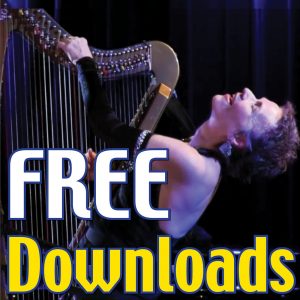
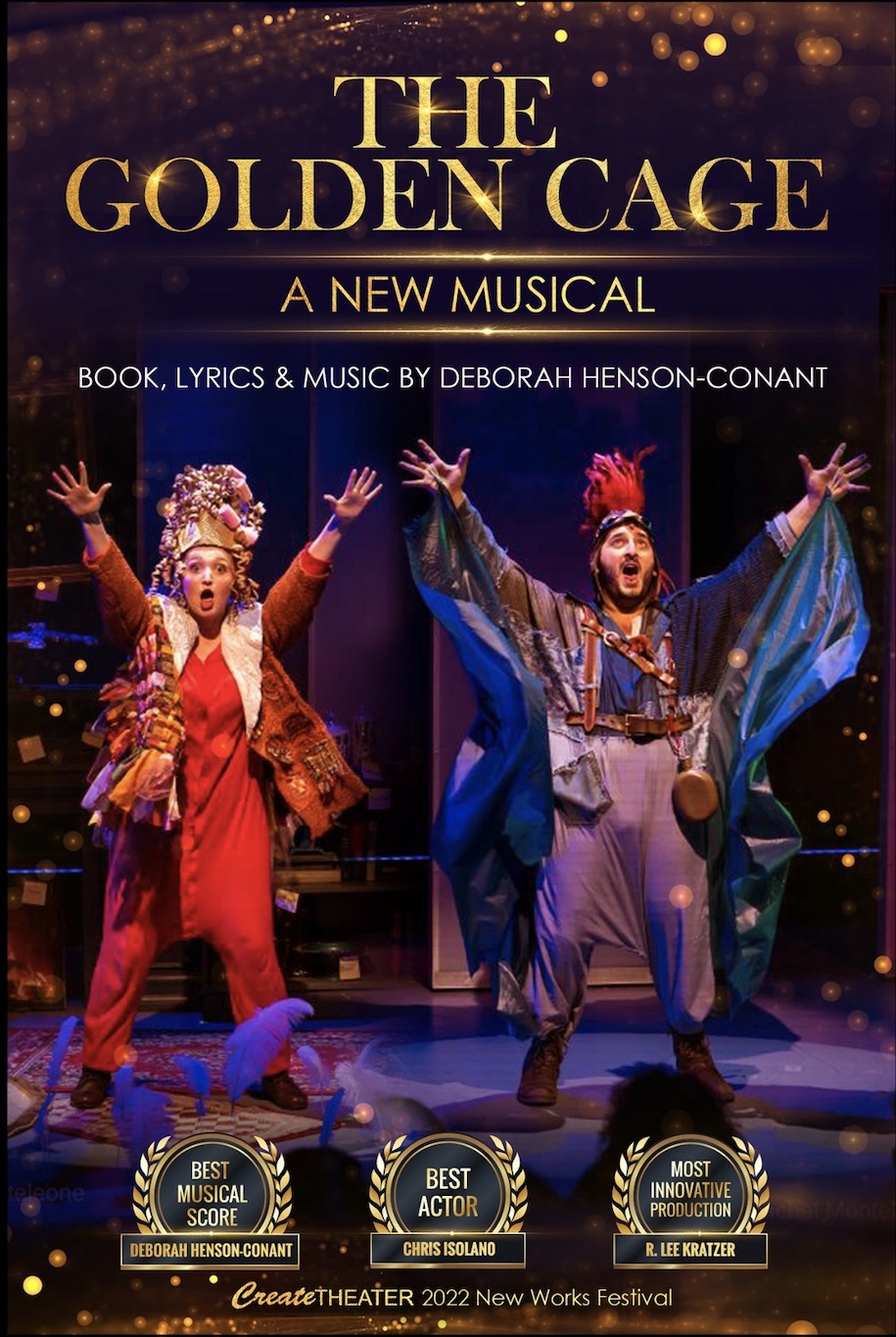
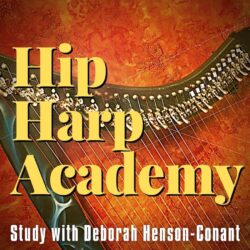
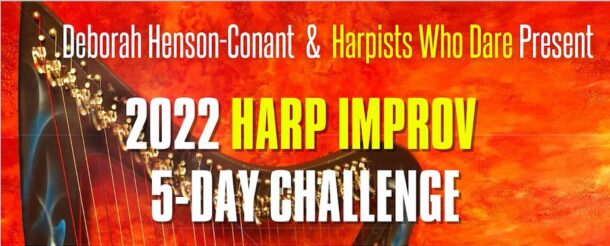
Join for Freebies, Stories & News
Join to get weekly-ish emails with stories, videos & events like concerts & classes
Yay! You should get my next newsletter within the next 7-10 days. I'm so happy we'll be in touch!
I won't ever share your email address with others - and you can unsubscribe anytime, tho most people say they really enjoy these weeklish emails.